Are you facing a conflict that feels too overwhelming to handle on your own? Mediation can be a powerful tool to resolve disputes and foster understanding between parties. In today's article, we'll explore a simple yet effective letter template that can help you initiate the mediation process smoothly. So, let's dive in and discover how to transform conflict into constructive dialogue!
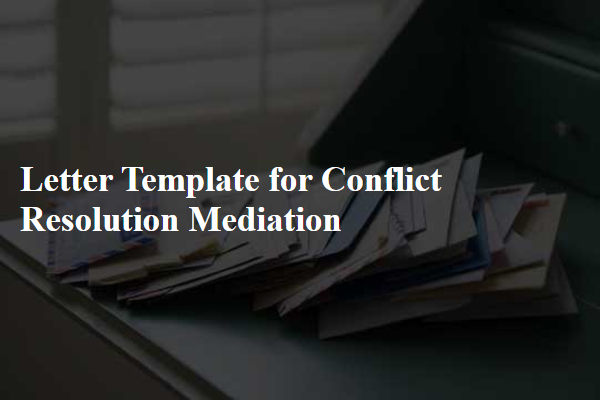
Addressing the parties involved.
Conflict resolution mediation requires a careful approach focusing on open communication and understanding. Mediation is a structured process involving a neutral third party who facilitates discussions between conflicting parties. In this environment, both sides can share their perspectives regarding specific issues stemming from the conflict. Establishing ground rules is crucial; this creates a safe space for dialogue. A mediator may employ techniques such as active listening and summarization to clarify misunderstandings. Key parties involved, such as a workplace supervisor or organizational representatives, can present their concerns while ensuring emotional responses are managed effectively. The goal of mediation is to reach a mutually acceptable resolution, ideally documented in a written agreement, ensuring accountability and commitment from all parties.
Stating the purpose of mediation.
Conflict resolution mediation serves as a vital process for addressing disputes, fostering communication, and facilitating understanding between conflicting parties. It aims to create a safe and neutral environment where individuals can express their perspectives openly. This structured approach seeks to uncover underlying issues, clarify misunderstandings, and explore potential solutions collaboratively. Mediation often involves trained professionals, known as mediators, who guide discussions and encourage participants to engage in constructive dialogue. The ultimate goal is to achieve a mutually agreeable resolution, promoting long-term harmony and reducing the likelihood of recurrence for disputes.
Outlining resolution process and rules.
Conflict resolution mediation involves a structured process aimed at resolving disputes amicably. Mediators, trained professionals skilled in communication and negotiation techniques, facilitate the discussion. The process typically begins with an introduction where ground rules are established, ensuring respectful communication and confidentiality during the session. Participants outline their perspectives on the conflict, allowing for clarity on issues. Each party articulates their needs and interests, promoting understanding. The mediator guides the conversation, encouraging collaboration and brainstorming potential solutions. After exploring options, the group works together to reach a mutually agreeable resolution, documenting the outcome for accountability. Follow-up sessions may be scheduled to assess implementation of the agreement and ensure lasting peace.
Emphasizing confidentiality agreement.
Mediation sessions for conflict resolution often hinge on the significance of a confidentiality agreement, safeguarding all discussions and disclosures that occur. Such agreements ensure that sensitive information, whether related to personal disputes, workplace tensions, or legal matters, remains protected from external entities like law enforcement or corporate overseers. This privacy allows participants to express their concerns freely, fostering an atmosphere of trust essential for effective mediation. Confidentiality encourages open dialogue, enabling parties in conflict to explore solutions without fear of repercussions. Additionally, reputable mediation organizations, such as the American Arbitration Association (AAA), highlight the importance of these agreements in maintaining ethical standards and preserving the integrity of the process.
Establishing follow-up actions and timelines.
Conflict resolution mediation often requires establishing clear follow-up actions and timelines to ensure progress. Specific actions may include scheduling a follow-up meeting, ideally within two weeks, to assess the effectiveness of the agreed-upon solutions. Documenting key outcomes in a mediation summary is crucial, as it serves as a reference point for all parties involved. A timeline for implementing solutions, such as a two-month goal for completing assigned tasks, should be outlined to maintain accountability. Regular check-in points, perhaps bi-weekly, can facilitate open communication and allow for any necessary adjustments. Tracking progress within established time frames ensures that the resolution remains a priority and fosters a collaborative environment for all individuals involved in the mediation process.



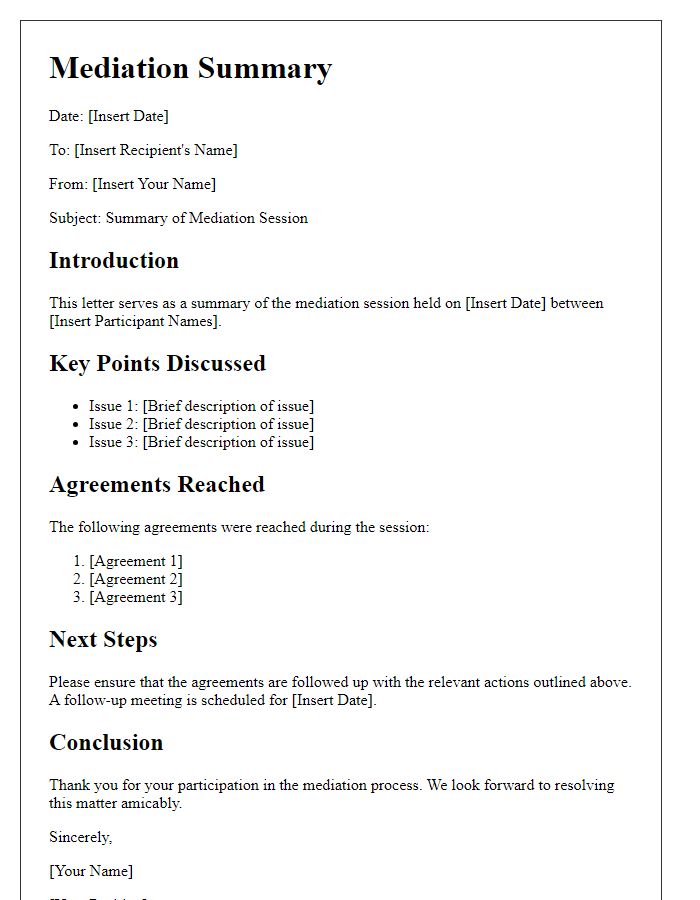

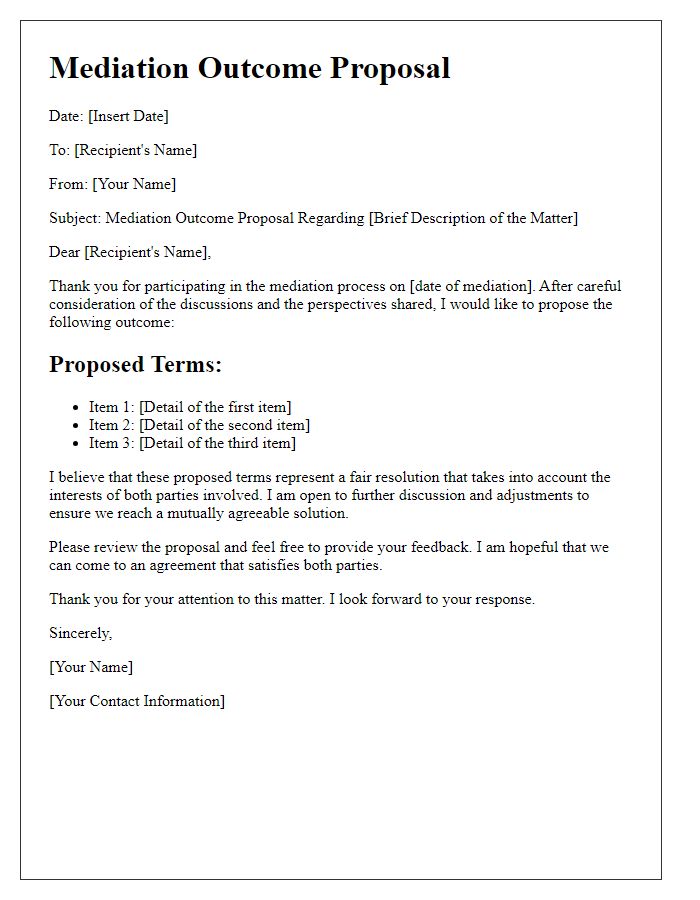
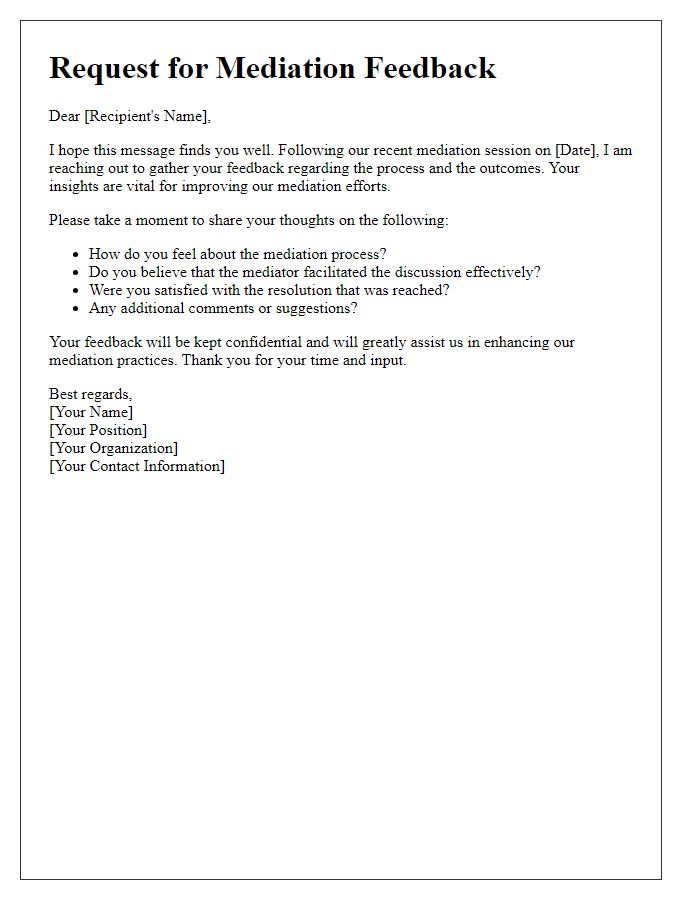
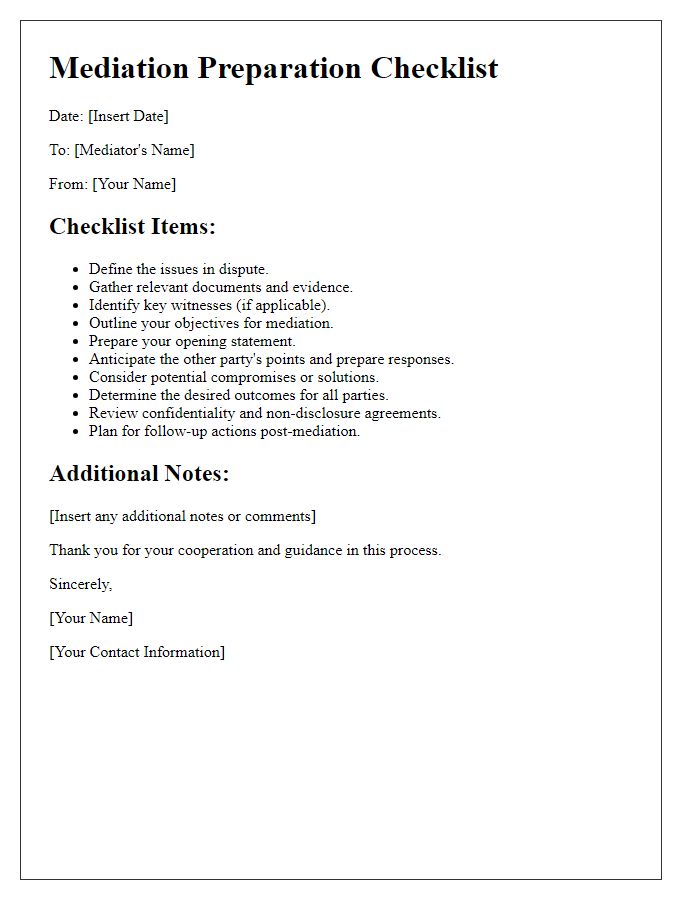
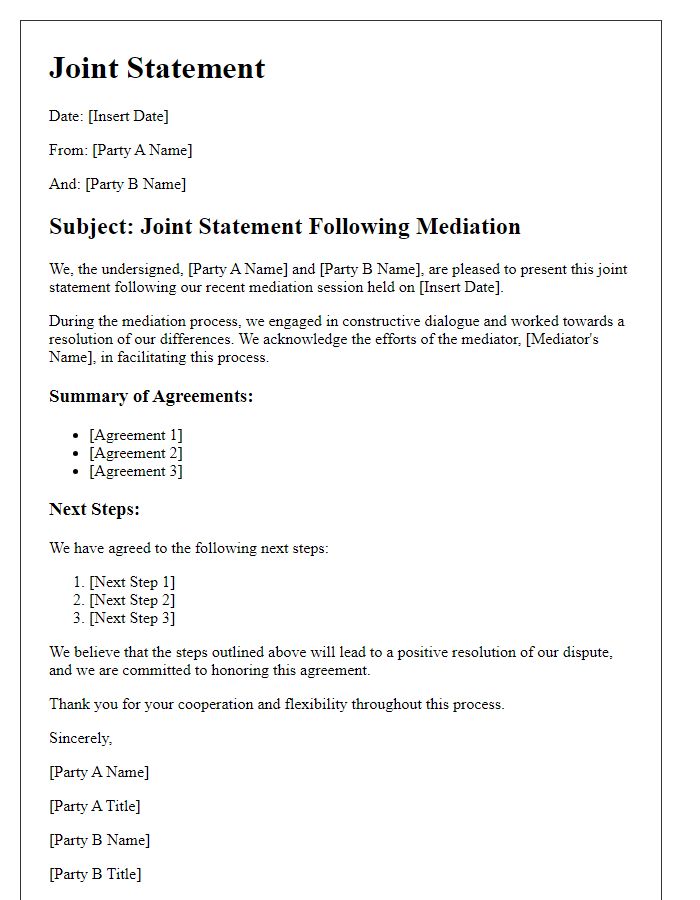
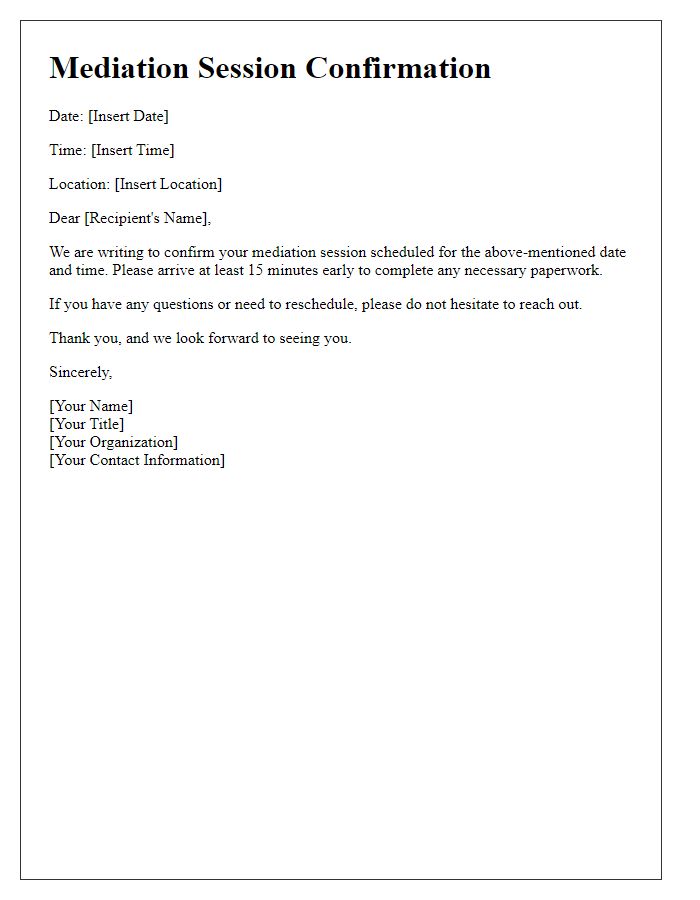
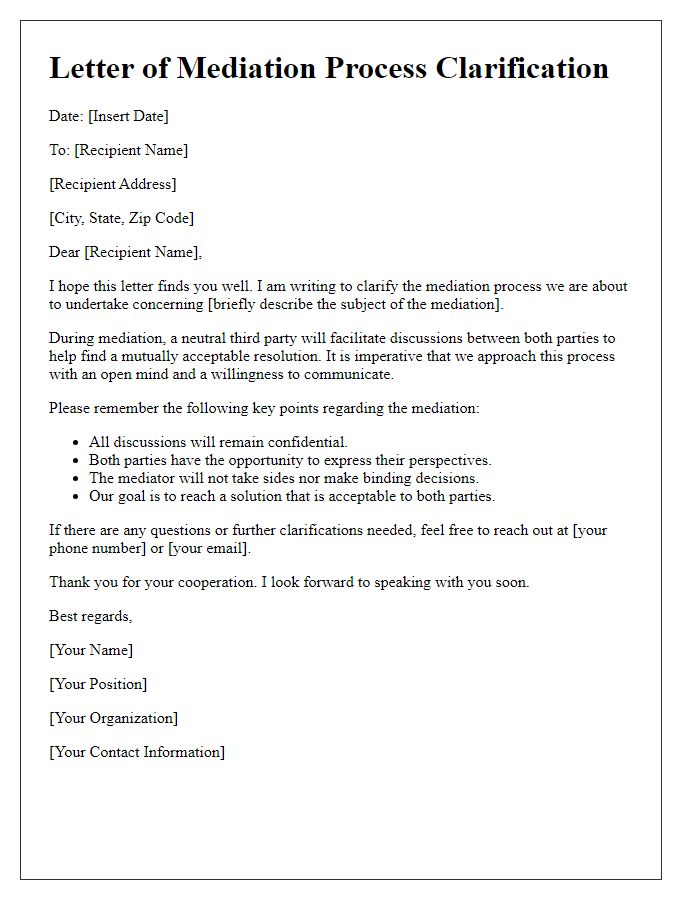

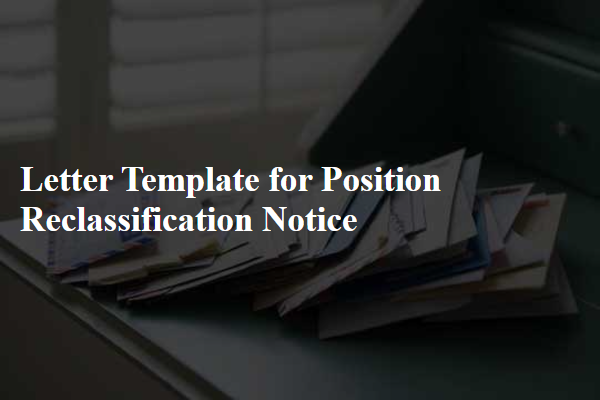
Comments